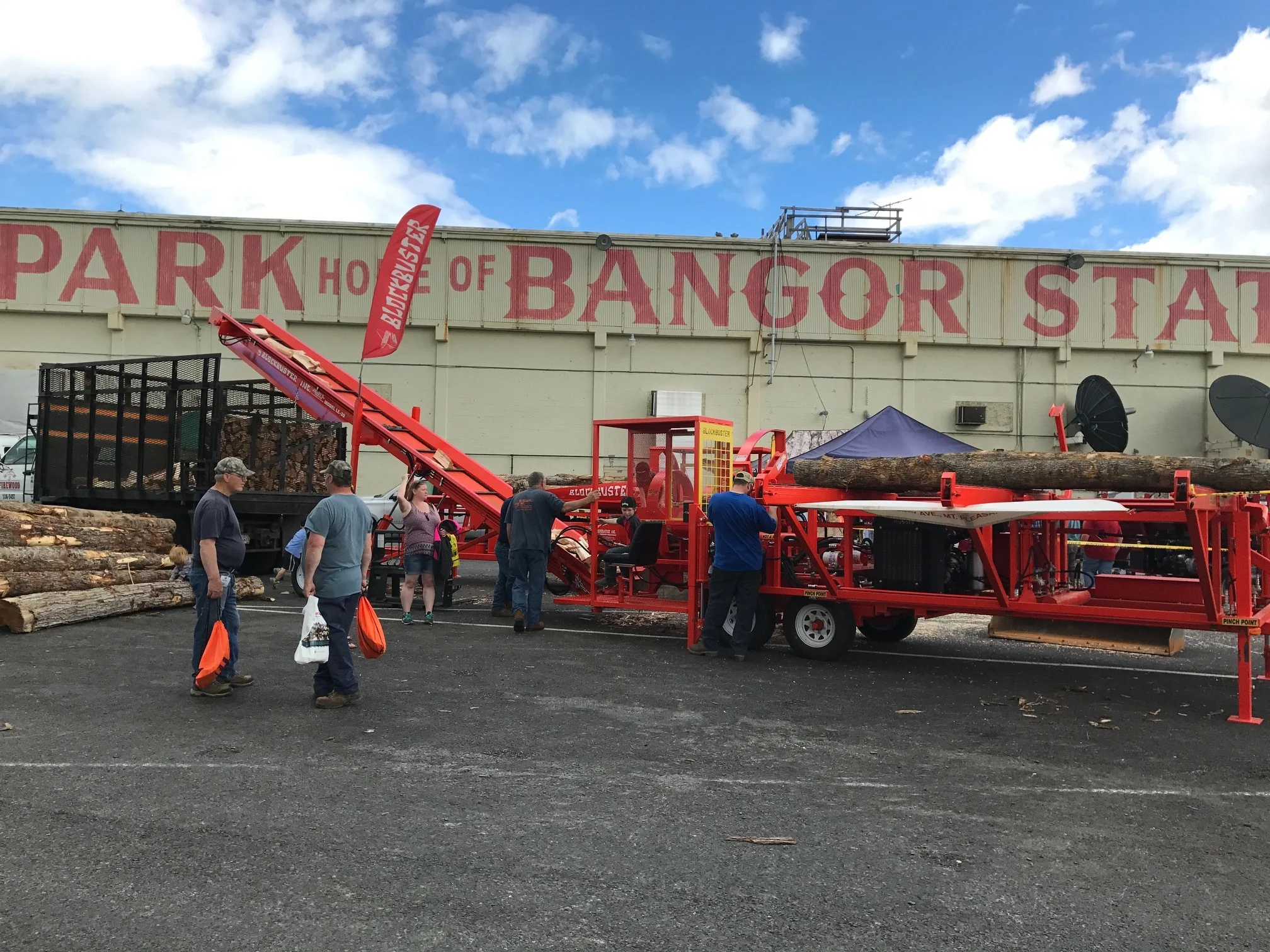Bob Seymour discusses how forest numeracy – the ability to understand and apply quantitative concepts when making silvicultural prescriptions, can help woodland owners understand their forest’s ability to grow carbon and determine if it would be marketable in the future.
Read MoreBob Seymour discusses the various options he considered when deciding whether to pursue selling forest carbon credits from his various woodlots or to continue harvesting the properties for timber.
Read MoreSilviculture can improve carbon storage in stands but it isn’t straightforward. Considerations have to be made at both the individual stand level and the landscape level.
Read MoreTrees remove CO2 from the atmosphere through photosynthesis, a process where a plant’s leaves transform sunlight, into energy. Leaf Area Index of a forest can determine how much photosynthesis is occurring and translating that into growing carbon. This growth can contribute toward potentially selling offsets in the carbon market.
Read MoreRecent studies show that net growth in U.S. forests offsets 13 percent of total U.S. carbon dioxide (CO2 ) emissions annually. “Carbon offsets” as they are called, are a reduction in emissions of carbon dioxide made in order to compensate for emissions made elsewhere. Offsets are measured in tonnes of carbon dioxide-equivalent (MTCO2e). The forests of many Maine Woodland Owners members surely contribute to these offsets, but due to the difficulty of monetizing them, receiving compensation for offsets takes work.
Read MoreCarbon storage amounts change as trees grow larger and as a forest stand regrows following a clear-cut harvest to a rotation age of 125 years. Additionally, forest management affects the amount of carbon dioxide that is removed from the atmosphere by forests.
Read MoreForest landowners across Maine have expressed interest in earning credit for carbon offsets, but it’s difficult to know whether one’s land is eligible, how many offsets it can earn, and what those offsets are worth.
Read MoreMaine has set ambitious climate change goals for the next 25 years. Forests may be able to play a role in meeting these goals.
Read MoreYou probably have been reading a lot about the value of wood structural materials as ways to store carbon, thus slowing the accumulation of carbon dioxide (CO2) in the atmosphere. This would be one benefit of building larger structures with advanced wood composites instead of steel and concrete. So, it is often asked, how much carbon does get stored in a new house? How much CO2 emissions can be saved by using wood to replace other building materials? This can get confusing very fast.
Read MoreThe State of Maine has set ambitious goals to reduce carbon emissions in the next 25 years. But what role do forests play in the grand scheme of things?
Read MoreMaine Woodland Owners board members Doug Baston and Nate Webb are representing wildlife and woodland ownership views on the Maine Climate Council’s Natural and Working Lands Working Group.
Read MoreWe’re in an era where “climate shaming” has become fashionable. Don’t eat meat! Don’t fly anywhere! Now comes a local writer urging us not to use our woodstoves, because of its carbon dioxide (CO2) emissions.
Read MoreIt stands to reason that if we can replace steel and wood in buildings with locally produced wood, we can reduce carbon emissions into the atmosphere. But calculating how much difference it makes is, as the Grinch would say, “complicatacious.”
Read More













